|
|
|
|
|
|
|
|
|
|
| PA-005 Colored Cotton Pouch These pouches come in a variety of colors, solids, and patterns of types found throughout the colonies. Sizes vary but average about 6” wide x 8” long. $2.00 |
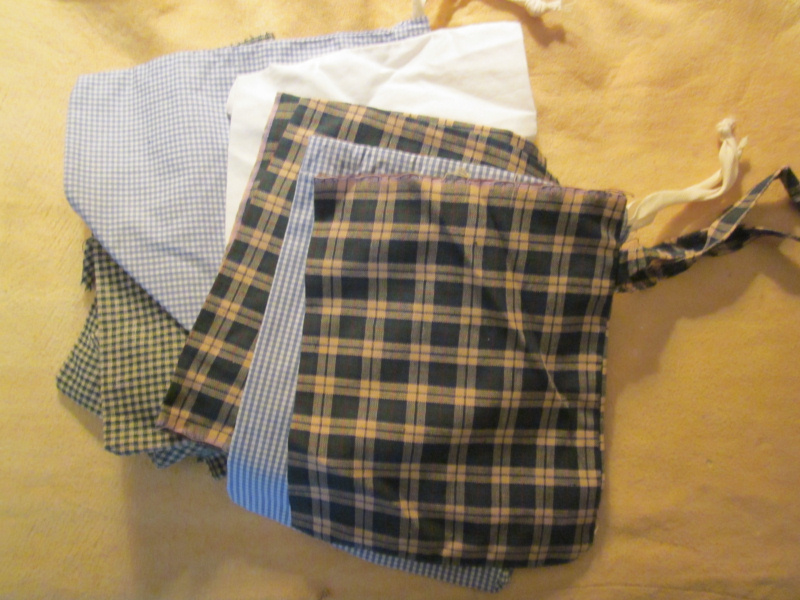 |
|
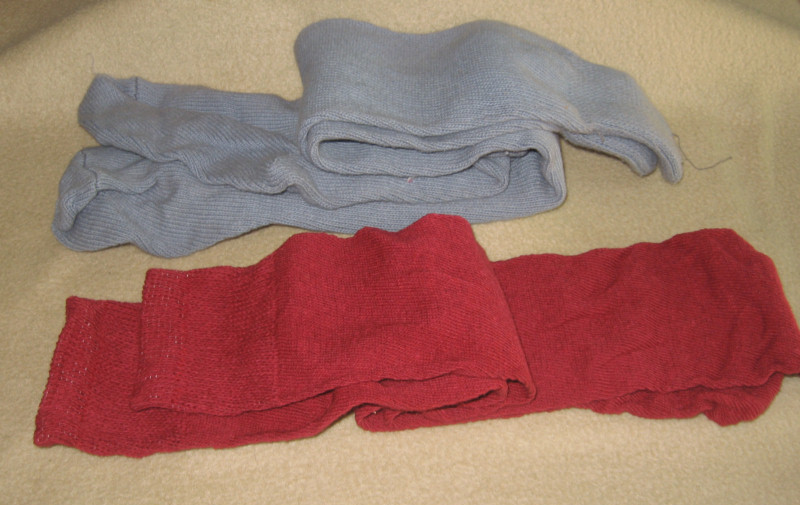 |
PA-006 Heavy Weight Cotton Socks Made in Virginia of the finest quality cotton grown in the USA. These All-American socks come in Medium and Large and reach well beyond the knee. There is elastic in the top to help hold them up however garters are recommended. Colors available include: red, white, blue, green, black, gray, brown, and yellow. $10.00 per pair |
|
| PA-008 Homespun Cotton Scarf Nothing flashy here – just plain, old fashioned cotton triangles used for head scarves, neck scarves, cravats, bandanas, and traditional face protection in dust storms. Our scarves are generously cut – 54 inches across the long points – so that, in a pinch, they can also be used for a triangular bandage or arm sling. Colors and patterns vary. Please specify your choice: solid color or colored pattern. $6.00 |
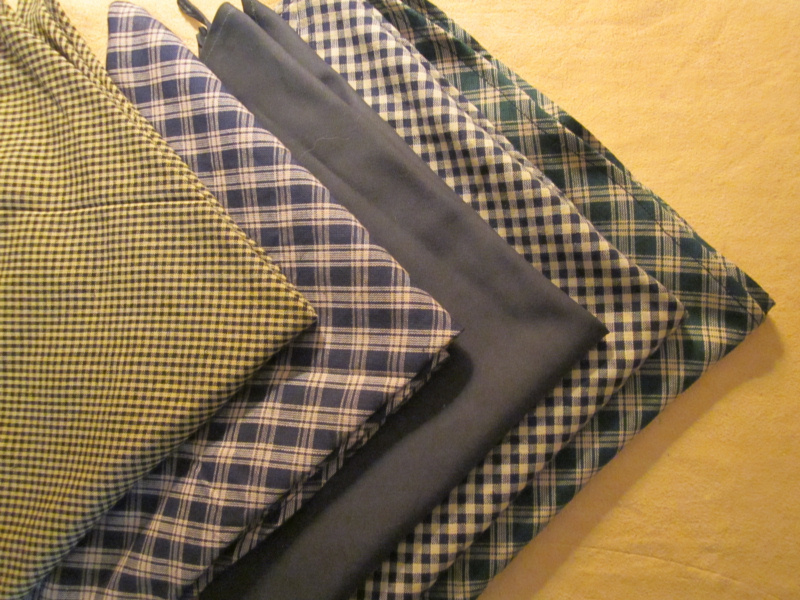 |
|
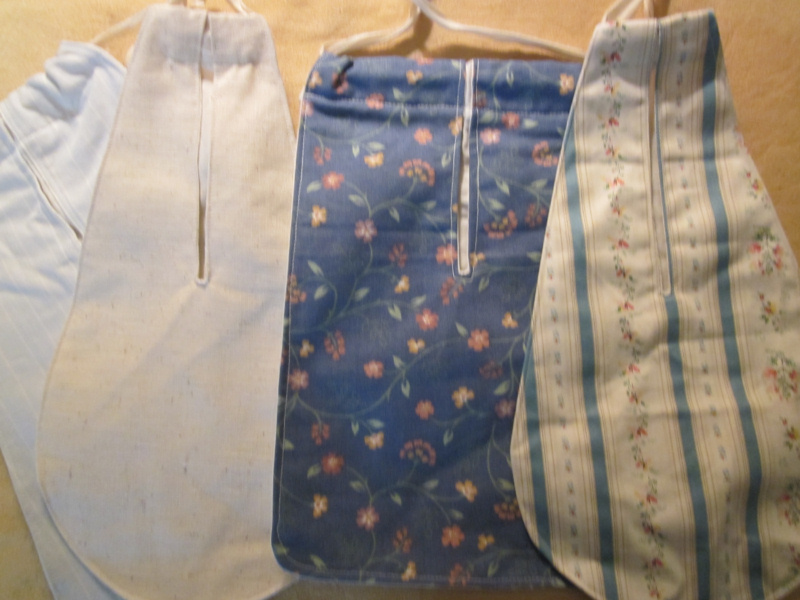 |
PA-009 Lady’s Pocket Constructed of cotton in a variety of colors and patterns, these pockets are of a good size for holding many items out of the way between a lady’s petticoat and chemise. Please contact us for available colors and patterns. Utility white pockets are almost always in stock. Plain, solid color, or pattern – based upon availability of yard goods. All pockets have a twill tape tie for fastening around the waist. $6.00 |
|
| PA-013 Comb Combs have been made from a wide variety of natural materials through the centuries. Wood, bone, ivory, and horn have been used by a wide number of cultures for their chosen material and they all have one thing in common: they will all break if you put them in your back pants pocket and sit on them! Today’s synthetic materials have mostly made broken combs a thing of the past so that many folks forget about just how fragile a natural comb can be. Our combs are made from natural cow horn and will not produce static electricity. Imagine – combing your long hair without having it fly in every direction! $5.00 |
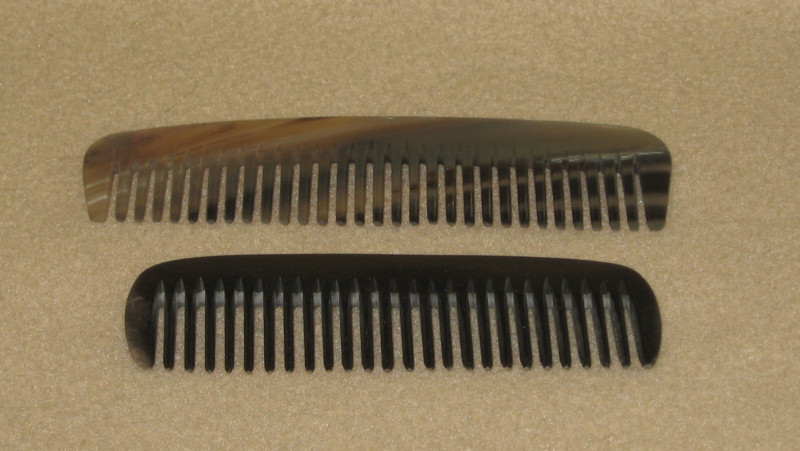 |
|
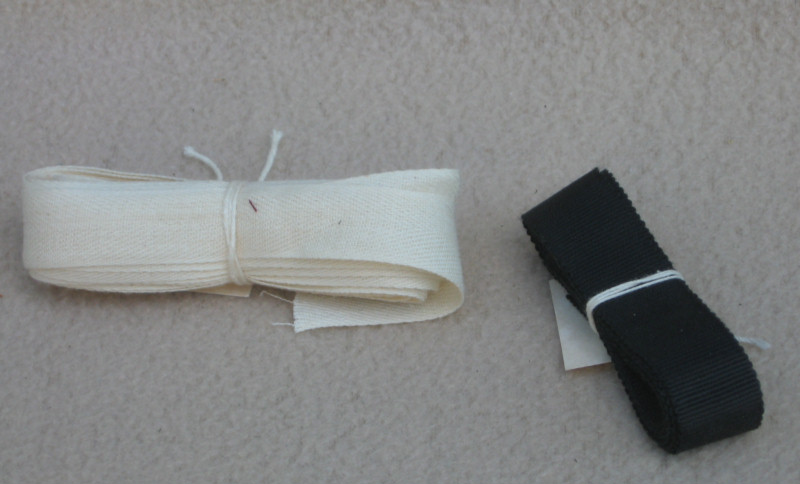 |
PA-015 Tricorn Hat Trim This cloth tape adds a distinctive finished edge to your hat. Simply fold it over the edge and sew with needle and thread (not provided.) Color: black only, 84 inches in length. $3.00 |
|
| PA-016 White Cotton Twill Tape Used for belt material to secure aprons, pockets, and petticoats around a lady’s waist. Tape is 100% cotton twill. 6 yards, color white. $3.00 |
|
| PA-025 Pamplin Pipe from Appomattox County, Virginia This pipe bowl is a true antique and we are pleased to be able to bring these to our customers. The Pamplin Smoking Pipe Company made clay pipes from 1740 until the early 1950’s when it went out of business. These pipe bowls were purchased at that time and have been in storage ever since. So that makes them more than 50 years old – genuine antiques! They have been washed and checked for cracks and have been fitted with a new stem. We use bamboo for the stem and custom-fit each stem to the bowl before shipping. These pipes are about as right as it gets for a 200 year period in the American history of tobacco use. If these pipes are used for smoking tobacco today, and they become clogged with tars or turn black over time, simply remove the stem from the bowl and place the bowl on a bed of coals in your campfire. The heat will burn away the contaminants and return the clay to its white color. $8.00 |
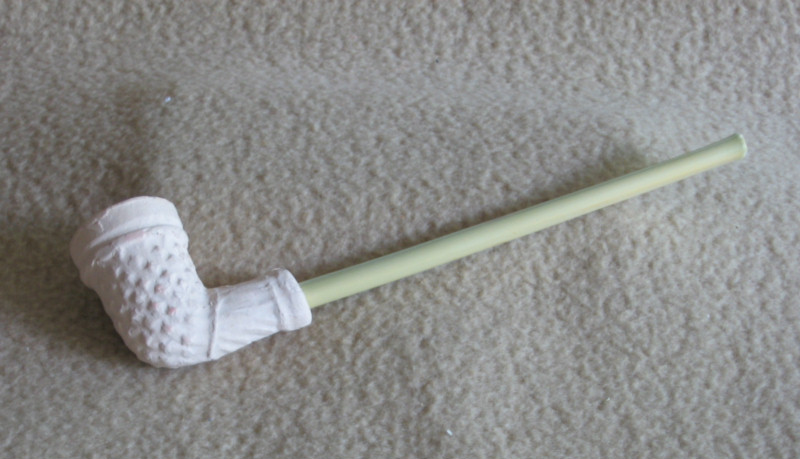 |
|
 |
PA-029 Dentalium Earrings Dentalium shells were recorded by Lewis & Clark when they visited the Mandan Village in 1804-05. The shells were obtained through intertribal trade with Pacific Coast Indians. $6.00 |
|
| PA-033 Freedom Earrings This pair of earrings by Jim DeReign incorporates three elements that were meaningful to early Americans: Cowrie shells, copper discs, and glass trade beads. These are held together by strips of brain-tanned deerskin. Jim tells us these also have special meaning for African American re-enactors as they incorporate the same kind of elements found in the African slave trade: Cowrie shells, glass trade beads and copper discs made from old Lincoln pennies. $7.00 |
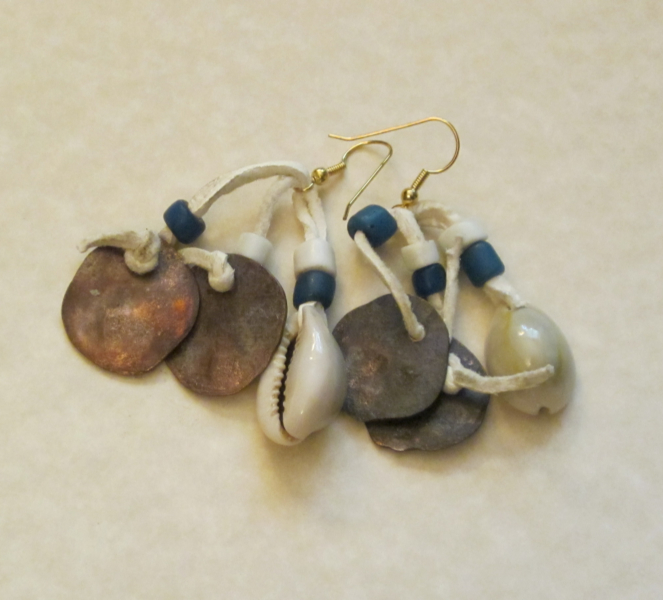 |
|
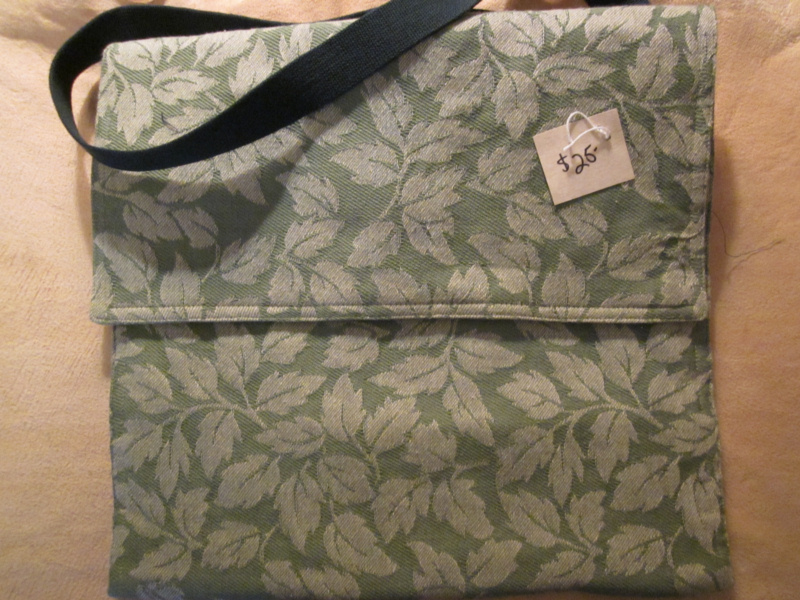 |
PA-042 Leaf Pattern Haversack This haversack measures 11 x 12 inches and is of sturdy construction for durability. $25.00 |
|
| PA-043 Blue Check Shoulder Bag This small 7 x 11 inch bag makes a fine addition to the young lady’s wardrobe when in camp or out shopping. It is lined and has a 30-inch cotton-webbing strap. $15.00 |
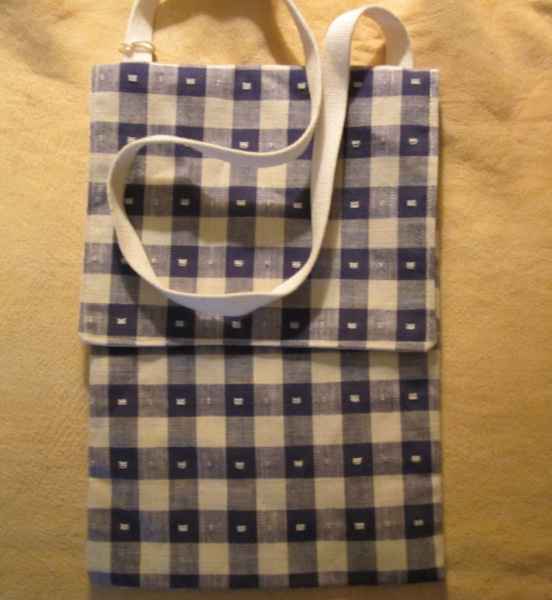 |
|
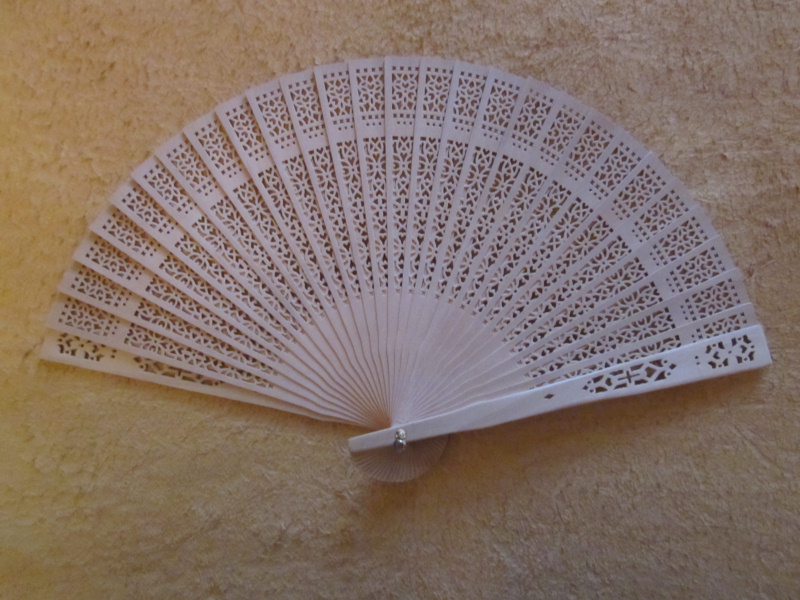 |
PA-047 Sandalwood Fan It is thought that folding fans were invented about 1,500 years ago in Japan. Their value as an easy way to cool the user helped spread their popularity throughout the Far East by the time European traders from Portugal came across them in the 1400’s. They realized the market appeal fans would have in Europe and began importing them. By the 18th century fans were in widespread use by both men and women across Europe and in the colonies. They were being manufactured in Europe, China and Japan and being imported to the New World. Our fan is made of sandalwood and is imported all the way from China. $2.00 |
|